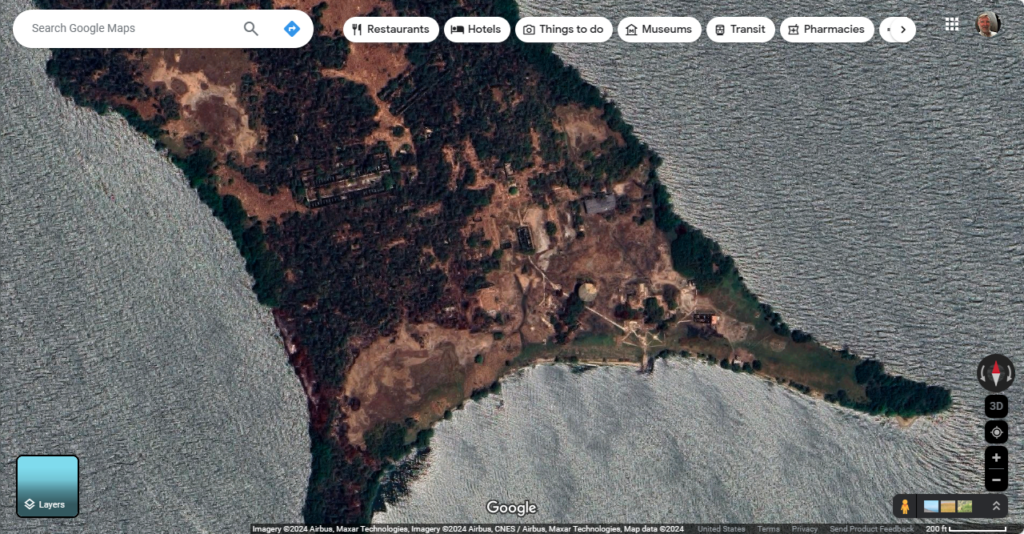
AKA Isla de los Burros, Isla Lazara, Island of the Martyrs, and ultimately, Isla de Providencia.
It was a leprosarium near Maracaibo, on an estuarine lake of the same name. Fun fact: Cataumbo Lightning is a phenomenon that occurs over the lake; aerial displays that last nine hours per day, 150 days per year, make this place the most frequent location on earth for lightning. The lightning itself is known as the “lighthouse” to seafarers trying to make it to port, and lightning figures prominently in culture, appearing on coats of arms and the regional flag. Great implications for world building, all that, but I was interested in the structures, function and purpose–what is this stuff, and why?
Leprosy is a terrible, communicable disease that develops and progresses slowly, affecting nerve endings, eyes, and skin. It’s treatable now by taking a battery of drugs for six months or a year, depending on the type and new cases of the disease are rare. Before modern medicine, the disease was bad, but the stigma was worse. People with leprosy weren’t employable, and were reliant on benevolence of friends and neighbors, or more likely, they were beggars. They were often ostracized as if they had brought the condition upon themselves and isolated to keep the disease from spreading.
And here we have a colony where lepers and medical staff live. As terrible as that sounds, it was actually kinda remarkable. They had gardens, a water system, and their own currency that is now referred to by numismatists as “confinement tokens.” There were two churches: one protestant and one Catholic. There was a school and markets. They had community here.
WHAT DOES THIS MEAN FOR WORLDBUILDING? A lot of cool things, I suppose. but community is important.